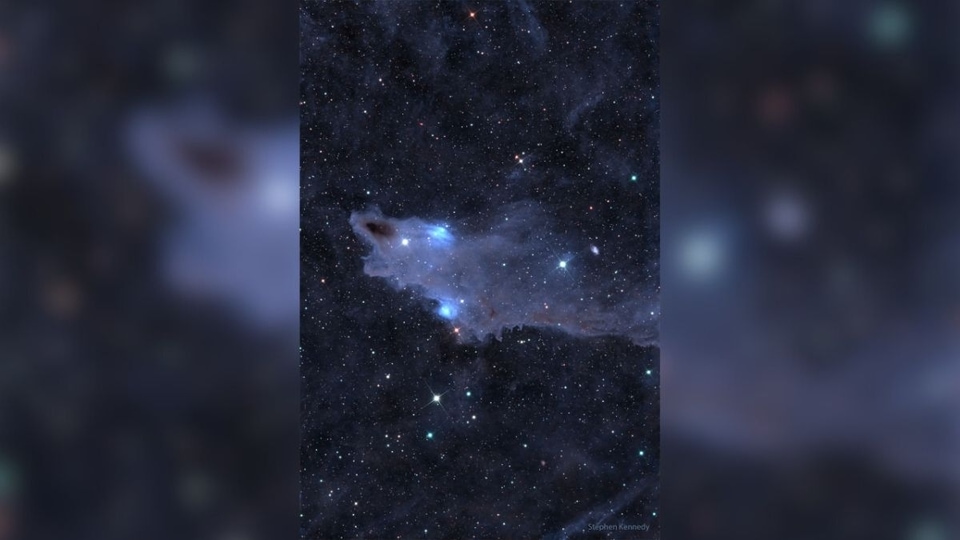NASA Astronomy Picture of the Day 17 June 2023: Earth at night from ISS
Today's NASA Astronomy Picture of the Day brings a timelapse video of Earth at night captured from the International Space Station.






 View all Images
View all ImagesAn impressive number of over 14,000 satellites have been successfully launched into near-Earth orbit, United Nations Office for Outer Space Affairs data revealed. Low Earth Orbit refers to a space region situated less than 1000 kilometers above the Earth's surface. It is a preferred orbit for satellites due to its close proximity to Earth and the array of benefits it offers for various applications. Among the well-known things in this orbit is the International Space Station (ISS), a habitable space station renowned for its role as a laboratory for scientific research and fostering international cooperation.
NASA Astronomy Picture of the Day for June 17 is a timelapse video of a serene sequence of Earth at night captured by the International Space Station in 2017. The video by NASA along with Gateway to Astronaut Photography and ISS Expedition 53, shows a mesmerizing display of vibrant green and red aurora borealis all over the night sky of the Earth.
NASA Astronomy Picture of the Day Explanation
The timelapse video further takes on a visual journey as the view unfolds, tracking the night from the northwest to the southeast across North America. You will witness the breathtaking view of the Gulf of Mexico and the Florida coast.
NASA further explains that in the second sequence, the view from the ISS follows European city lights while crossing the Mediterranean Sea, and passes over a bright Nile river in northern Africa. “Seen from the orbital outpost, erratic flashes of lightning appear in thunderstorms below and stars rise above the planet's curved horizon through a faint atmospheric airglow,” NASA further added. You can watch this video here.
Did you know?
The International Space Station (ISS) is a habitable artificial satellite, which was first launched into orbit in 1998 from Baikonur Cosmodrome, Kazhakstan. However, it was constructed in space through a detailed process of launching its components individually and gradually assembling them in orbit.
NASA says that a crew of seven people live and work while traveling at a speed of 5 miles/second, while orbiting Earth about every 90 minutes. This means, in 24 hours, the ISS makes 16 orbits of Earth, traveling through 16 sunrises and sunsets!
Catch all the Latest Tech News, Mobile News, Laptop News, Gaming news, Wearables News , How To News, also keep up with us on Whatsapp channel,Twitter, Facebook, Google News, and Instagram. For our latest videos, subscribe to our YouTube channel.
































